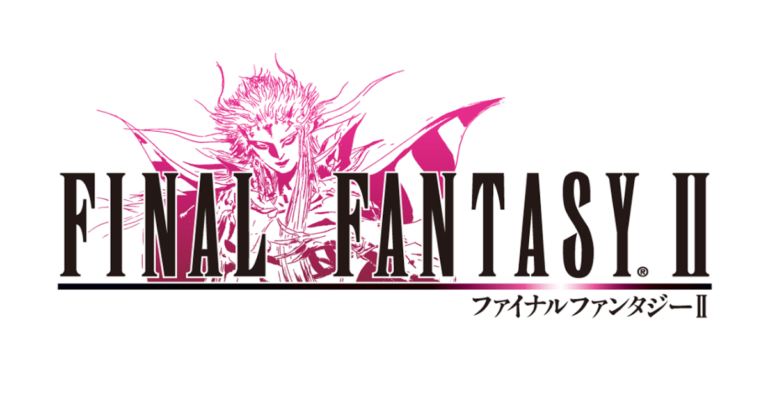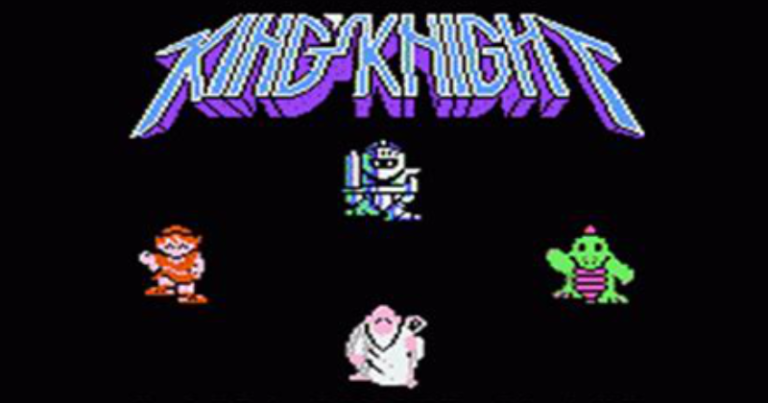Posted inGame Boy Advance
Review – Final Fantasy II (Dawn of Souls) (GBA)
SquareEnix – GBA – 1 Player It’s fairly common knowledge these days among gamers that the Final Fantasy II we got on the SNES in the US wasn’t actually the second game in the series. It was actually the fourth. The true second game was released on the NES. It eventually and finally made it to US shores in the Playstation “Final Fantasy Origins” collection along side the classic Final Fantasy I. This wasn’t a straight port however, it was an updated version featuring updated 16 bit graphics. These two games would be released together again in essentially the same…


